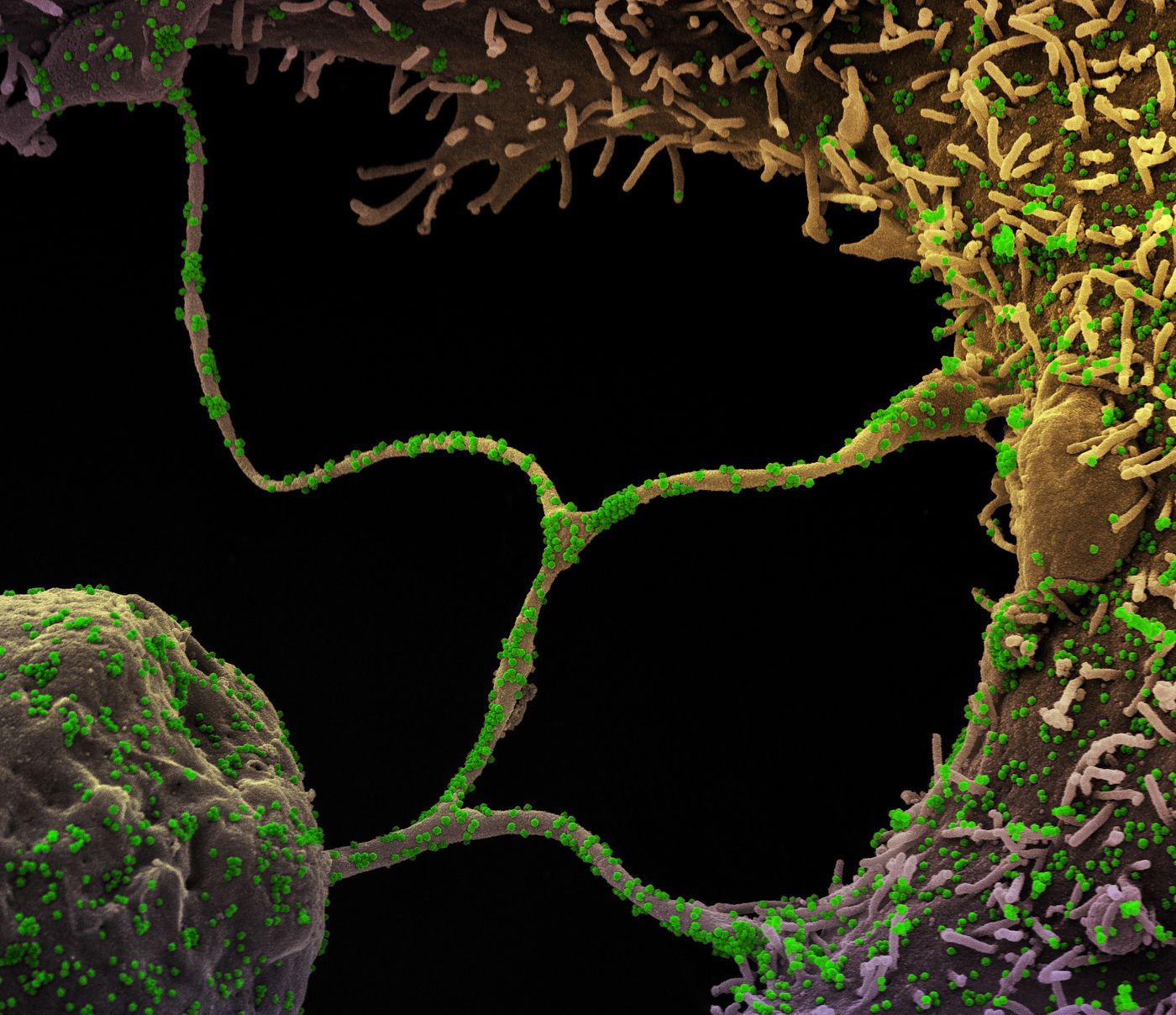How COVID-19 Patients Lose Their Sense of Smell
The loss of the sense of smell is a well-known symptom of COVID-19 and has been common even in people that did not have many other symptoms. Researchers have now learned more about how the SARS-CoV-2 virus infects cells in the nose and leads to a sudden loss of smell or anosmia. The work has suggested that the virus can invade sensory neurons, causing persistent inflammation in the olfactory system. In some patients who lose their sense of smell for a long time, viral particles seem to persist in the olfactory epithelium and neurons.
There was also an unexpected finding of this study. It seems that regular qRT-PCR tests that use nasal swabs samples to detect the virus can test negative, even when the virus is still hanging out in the back of the nasal cavity in the olfactory epithelium. However, the virus may be detectable in these cases with nasal brushes, which cause more discomfort but gather more cells. The findings have been reported in Science Translational Medicine.
The researchers have laid out a series of steps in SARS-CoV-2 infections that leads to anosmia. After the infection begins, cellular antenna called cilia are lost from neurons. Normally, these cilia detect odor molecules. The virus is detectable in neurons at this point, and olfactory epithelial cells begin to die off through apoptosis, a programmed cell death pathway. The epithelium gets reorganized by the virus, and the virus spreads to the olfactory bulb, where smell information is first relayed to the brain. Viral RNA and inflammation can then be detected in several parts of the brain. The sensory organ in the rear of the nasal cavity also begins to break down.
"We observed that SARS-CoV-2 infects not only the sensory neurons, but also the olfactory nerve and the olfactory nerve centers in the brain," said study co-author Pierre-Marie Lledo, head of the Perception and Memory Unit at the Institut Pasteur/CNRS.
"Another key finding from this study emerged from an observation of animal models, which revealed that once the virus enters the olfactory bulb, it spreads to other nerve structures, where it induces a major inflammatory response," noted study co-author Hervé Bourhy, head of the Lyssavirus Epidemiology and Neuropathology Unit at the Institut Pasteur.
The olfactory neurons have been proposed as a route the virus can take to the brain, and may help explain why some COVID-19 patients have psychological symptoms.
"According to our results, loss of smell in COVID-19 may persist for several months in some patients and this persistence of clinical signs may be attributed to the persistence of the virus and inflammation in the olfactory mucosa," added study co-author Marc Lecuit, head of the Biology of Infection Unit at the Institut Pasteur, Inserm, Université de Paris, AP-HP.
Sources: AAAS/Eurekalert! via Institut Pasteur, Science Translational Medicine









